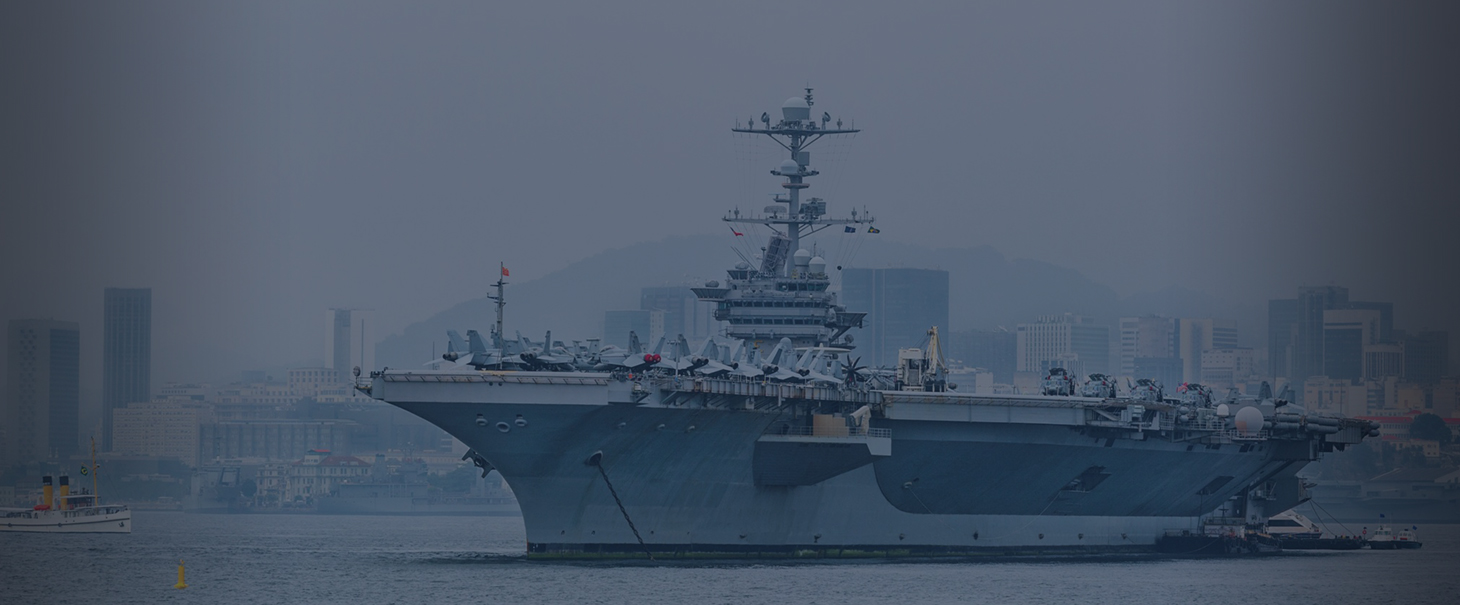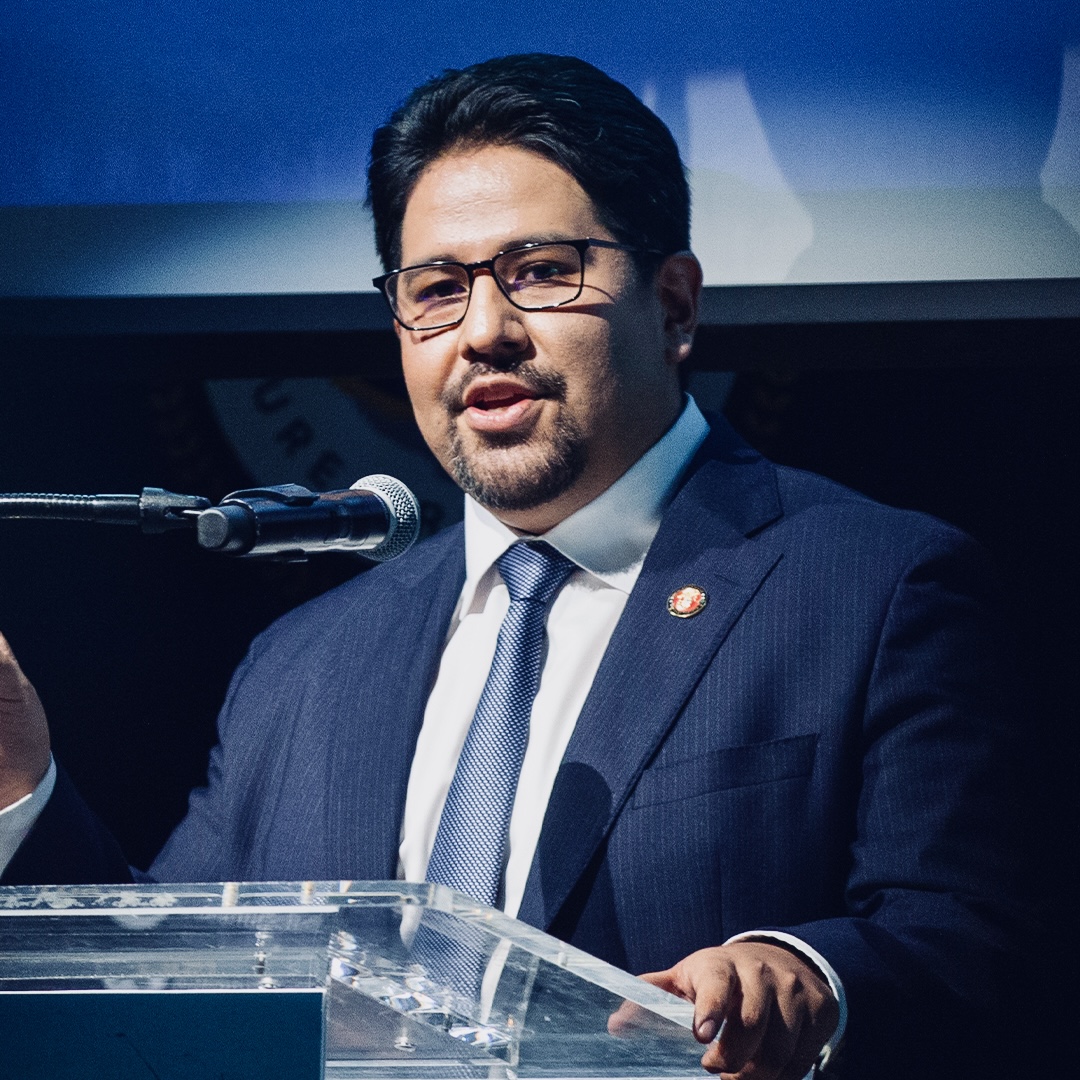While many of the world’s leaders traveled to a Mexican seaside resort in Los Cabos for the annual Group of 20 meeting a couple weeks ago, Iranian President Mahmoud Ahmadinejad traveled a little farther south, to Rio de Janeiro, for another meeting of world leaders – the Rio+20 United Nations Conference on Sustainable Development. This was Mr. Ahmadinejad’s sixth visit to Latin America since 2007 and his second this year. In addition to Brazil, Mr. Ahmadinejad visited President Evo Morales in Bolivia and took time to stop by Venezuela to confer with his ideological bedfellow, Hugo Chavez, rounding up a three-nation tour of South America before heading back to Tehran on June 22. On the surface, these visits produce press releases filled with pledges of solidarity, and the occasional signing of commercial agreements, but once the pageantry is over, such commercial agreements rarely materialize and the pledges of solidarity are revealed as little more than political posturing. All these unfulfilled promises and the lack of voluminous trade or business leave one to wonder what really lies beneath the surface in Iran’s foray into Latin America. While we can only speculate as to what goes on behind closed doors, recent reports shed light on some of the more nefarious dealings regarding the military-to-military exchange between the aforementioned countries. A few days before Mr. Ahmadinejad’s visit, Venezuela’s ailing President Chavez unveiled the newest addition to his military arsenal: unmanned aerial vehicles, or UAVs. These Iranian-designed, Venezuelan-built drones were reported on earlier this year by the head of U.S. Southern Command, Air ForceGen. Douglas Fraser, who stated that they were of “fairly limited capacity” and most likely were to be used for “internal defense.” Perhaps Gen. Fraser is right, but a Spanish media outlet recently reported that the drones could be a cover for a more threatening program in Venezuela, one that involves missile engineers and front companies that are part of Iran’s missile and weapons-of-mass-destruction (WMD) programs. One such company is Kimia Sanaat, an alias for the Iranian firm Qods Aviation (or Aeronautics) Industries. Kimia Sanaat is sanctioned by the United Nations for its involvement in Iran’s missile and WMD programs. However, this has not stopped it from doing business in Venezuela, as it is suspected of being involved in shipping more than 70 containers to a joint Iran–Venezuela auto manufacturer, Venirauto, located in Maracay, Venezuela. Known locally as a military-industrial hub, Maracay also is home of the joint Iran-Venezuela UAV program, located just a few miles from Venirauto. In January 2011, another military site in Maracay went up in flames when an unusual explosion rocked the city and damaged the UAV facilities. This explosion was more characteristic of a blast that might have happened in the petrochemical town of Moron, less than 100 miles away. In fact, it is in Moron that Iran is helping build various chemical plants alongside CAVIM, the industrial arm of Venezuela’s armed forces. Suspected of being involved in these joint chemical projects is the notorious Iranian front company Parchin Chemical Industries (PCI). PCI is a subsidiary of the Defense Industries Organization, a branch of the Iranian Ministry of Defense Armed Forces Logistics (MODAFL), all entities heavily sanctioned by the international community for aiding and abetting Iran’s missile and WMD programs. This might explain why Venezuela and Iran set up a weekly Caracas -Tehran flight operated jointly by Conviasa, Venezuela’s national airline, and Iran Air, Iran’s state airline. This also might offer some insight into what Mr. Ahmadinejad and Mr. Chavez discussed in their closed-door meetings a couple weeks ago. This Caracas-Tehran flight, dubbed “Aero-Terror” by Western intelligence agencies, is rumored possibly to extend to Santa Cruz, Bolivia, in the near future, coincidentally just a few miles away from another joint military venture, the Iran-sponsored Regional Defense School of the Bolivarian Alliance for the Americas (or ALBA), a 1 1/4-acre facility located in Warnes, Bolivia, (approximately eight miles from Santa Cruz) that was inaugurated last year with the attendance of Iranian Defense Minister Ahmad Vahidi. Just last week, a prominent Spanish newspaper reported that there are no fewer than 145 credentialed Iranian diplomats living and operating in Bolivia, some of whom are trainers from the feared Revolutionary Guards of Iran. Moreover, the Simon Wiesenthal Center recently denounced the presence of this regional defense school before the Organization of American States (OAS) in Washington and urged that multinational body to initiate an investigation of the school. If that is done, the investigators would have to dig beneath the surface because the school has been dormant since its inauguration, which suggests that its presence may have more than one purpose. The acquisition by Iran of dual-use minerals from resource-rich Bolivia, such as tantalum and lithium, is perhaps a clue. Both minerals have military-grade missile applications. Because of Mr. Chavez’s deteriorating health and the political instability within Venezuela, Iran could be in a holding pattern as it calculates the implications of a power shift within the regime of its closest ally – an ally that has served so far as Iran’s gateway to the region. With all these military ventures in play, Mr. Ahmadinejad well may have used his most recent trip to assess what Latin America would look like in a post-Chavez world. In such a case, Iran definitely would want to woo Brazil into a similar military orbit, a feat the largest and most economically powerful country in the region has resisted thus far. Given the likelihood of this happening, it is safe to assume thatIran is not hedging its bets and is continuing to work with Venezuela, Bolivia and the rest of its ALBA allies – countries that have been willing to roll out the diplomatic red carpet. In the wake of Mr. Ahmadinejad’s meetings in South America, we already know that a new confidential military agreement was signed with Bolivia to add to the several secret military agreements on the books with Venezuela. The truth is that very little is known about the military-to-military cooperation between Iran and several Latin American countries. However, on the surface, Iran, Venezuela and Bolivia will acknowledge only the joint military activities they want us to know about, such as UAVs and regional defense schools. Nevertheless, as more information comes to light, we must scratch beneath the surface and examine the more troubling military activity in the region – activity that can be a game-changer if Iran is able to develop missile-strike capability from Latin America. Read the original article on the Washington Times: http://www.washingtontimes.com/news/2012/jul/4/iranian-weapons-on-americas-doorstep/#ixzz2IuuYfbNt


 Joseph M. Humire
Joseph M. Humire